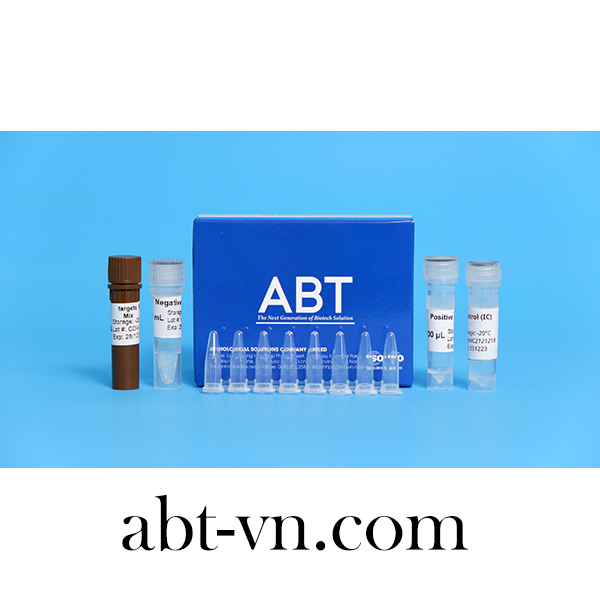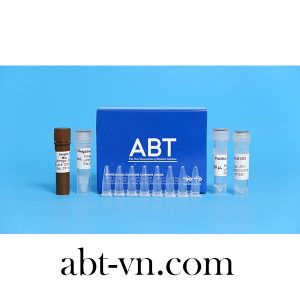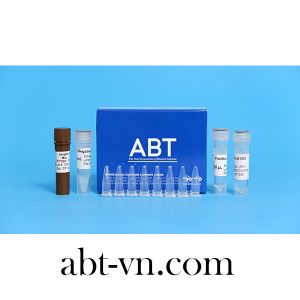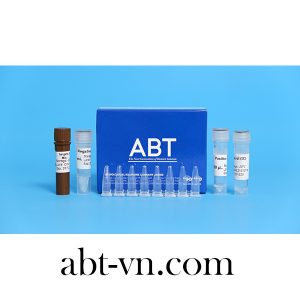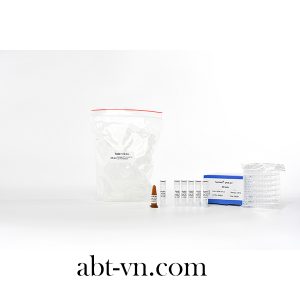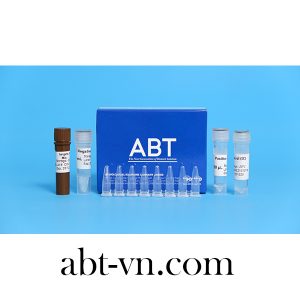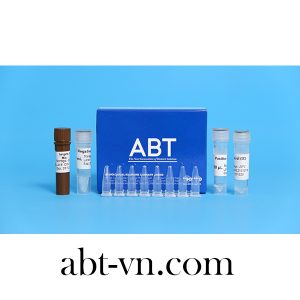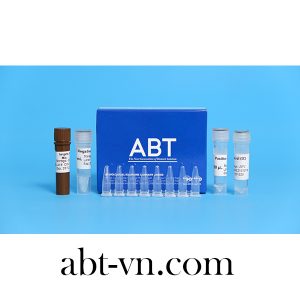TopSPEC® IHHNV qPCR KIT (SQS-122)
Price: Contact
Introduction
IHHNV (hypothermal and hematopoietic necrosis virus – IHHNV) is well known as the causative agent of hematopoietic and epithelial necrosis disease in shrimp. IHHNV was first reported in a mass mortality of Penaeus stylirostris shrimp in 1981 in Hawaii. Infected shrimps are often lethargic, weak, and deformed. IHHNV disease spreads both vertically and horizontally. The mortality rate is up to 90%. IHHNV disease is a viral disease and currently, there is no specific treatment. Therefore, early prevention and detection of IHHNV is the best solution to help minimize economic loss.
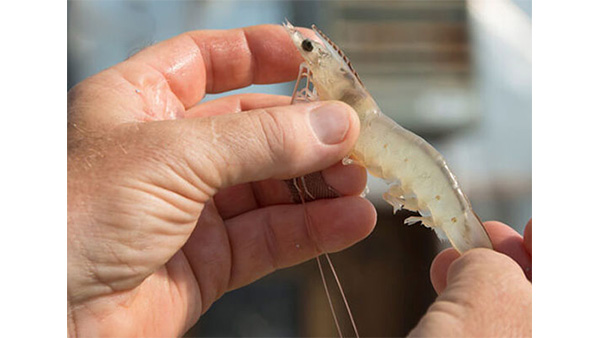
” TOPSPEC® IHHNV QPCR KIT is a test kit based on Real-time PCR method that allows fast and accurate detection of IHHNV agent in shrimp. The kit has the advantages of specificity, high sensitivity, endogenous control can be added to avoid false negatives and manipulation errors.“
Advantages of the kit
- Simple process
- PCR optimal time:1.5 hours
- Various types of input samples
- High sensitivity and specificity
- Provide additional master mix for control test (75 tests)
- Compatible with most real-time PCR machines on the market: Rotor Gene Q (Qiagen), 7500, 7500 Fast (Thermo Fisher), AriaMX, Mx 3005p, Bioer, Dlab, etc.
Specifications
| Target | Infectious Hypodermal & Hematopoietic Necrosi (IHHNV) |
| Sample | DNA after extraction from shrimp samples |
| Volume | 5µL |
| Channel | FAM: IHHNV
HEX: internal control |
| Technology | TaqMan probe |
| PCR time | 1.5 hours |
| Specificity | Kit only detects IHHNV |
| Components | IHHNV qPCR mix, Negative control, Positive control, Internal control (IC), Tube PCR. |
| Storage | 12 months, temperature -20oC |
| Manual | User Manual |
Above is detailed information about TopSPEC® IHHNV qPCR KIT (SQS-122). In addition, we also have other detection kits such as AHPND, EMS, DIV1, etc.
See more products: >>> AQUATIC DISEASES DETECTION KIT<<<
ABT Equipment Co., Ltd. is always confident and proud of our staff with years of experience in molecular biology, especially test kits related to viral and bacterial diseases in humans. If you have any questions or need help, please contact:



